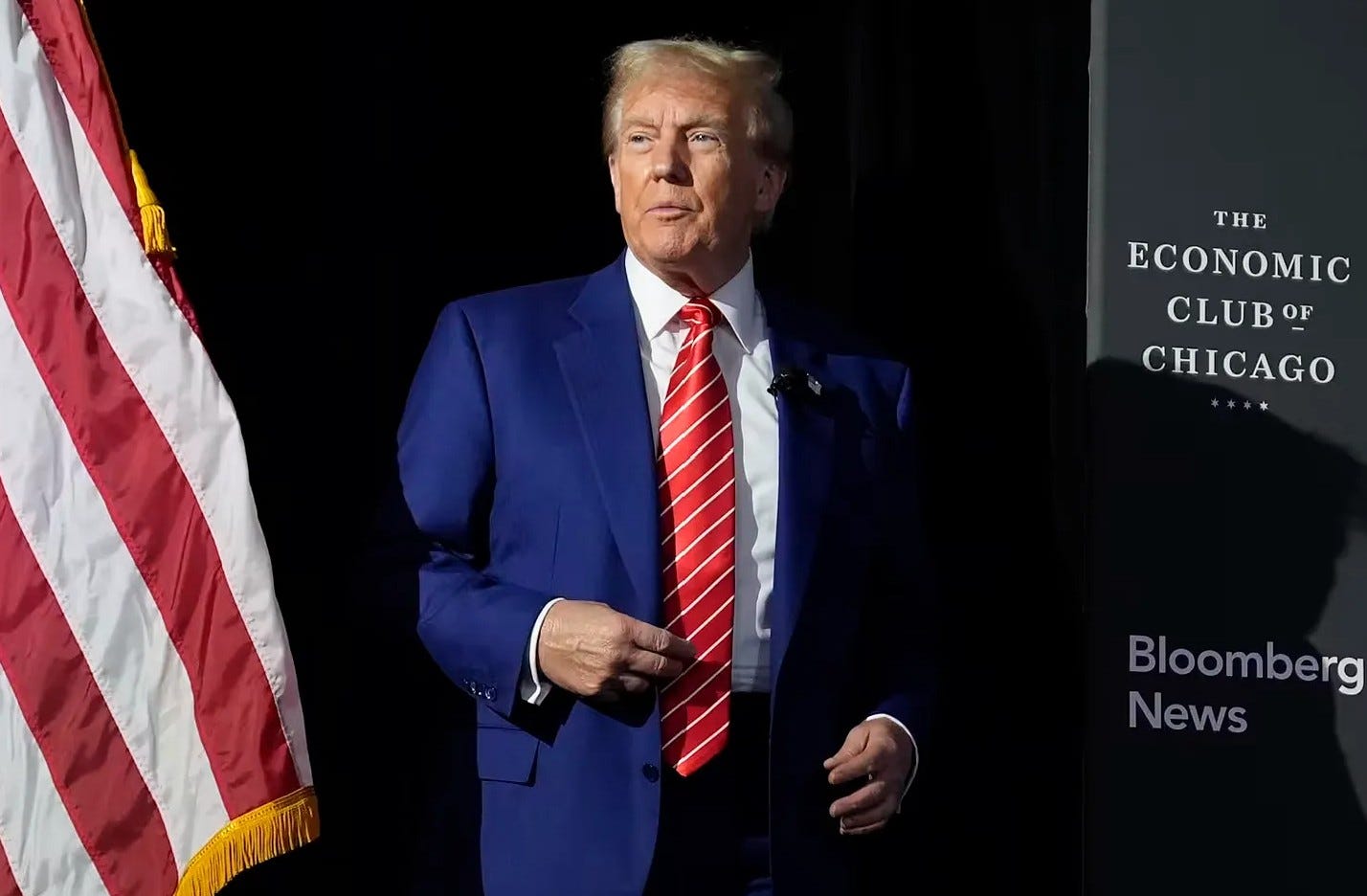European Geopolitics Key Trends in 2025: America First, War in Ukraine and Tariffs
The Economist's Ten Trends to Watch in 2025 are here, and Geopolitically Correct has picked out the three most relevant to European geopolitics. As always we analysed the implications for governments and businesses.
Here's what you'll discover:
America First: US Policy’s Impact on Europe
Trump’s Promise: A Path to Peace in Ukraine?
Trade Agenda: Opportunities and Risks
Stay ahead with concise, actionable insights for policymakers and business leaders.
America First: US Policy’s Impact on Europe
The new US-administration will affect global politics especially European geopolitics.
FOR GOVERNMENTS. The America first policy of President-elect Trump could lead to new geopolitical rebalancing. However, fears that President Trump will withdraw from NATO remain unlikely. Even Republicans leaders view NATO as a strategic tool for projecting American power on the Eurasian continent. Nevertheless, the Europeans are likely to see US demands, including an increase in defence spending to a potential 3% of GDP. The new US administration will also explore ways to secure a peace deal in Ukraine. In the Middle East, the America First agenda will affect a range of conflicts and actors: Israel and Hamas, Iran, Lebanon and Syria. All this will have an impact on European security.
FOR BUSINESS. President-elect Trump added Europe to the list of US trading partners threatened with tariffs. Trump publicly stated that unless European states increase their purchases of American oil and gas and thus reducing the trade gap, tariffs will follow. In the Middle East, US policy towards Syria deserves attention. HTS, led by Ahmed al-Sharaa, remains listed as a terrorist organisation by the US government. US-led sanctions on HTS and Syria may be partially relaxed in 2025. Meanwhile, Iran is likely to face increased US pressure. With Iran hawks dominating the new US administration, additional sanctions targeting Iranian companies and pro-regime actors can be expected. For US-China relations, the America First policy is likely to mean escalating trade tensions.
Trump’s Promise: A Path to Peace in Ukraine?
The future trajectory of the war in Ukraine remains uncertain, with possibilities ranging from continued hostilities to a frozen conflict or a negotiated peace settlement.
FOR GOVERNMENTS. President-elect Trump has said he wants to end the war in Ukraine, a promise that could redefine the dynamics of the conflict. European governments must be ready to contribute to these negotiations. To ensure that the deal includes Ukraine's interests. In the US administration, Keith Kellogg, Trump's special envoy for Ukraine and Russia, is expected to play a leading role in any talks. His focus on ensuring Ukraine's strength suggests that a settlement may not be as unfavorable for Kyiv as some fear. There could be some temporary loss of Ukrainian territory. However, Ukraine would also get security guarantees in such an agreement to deter future Russian aggression.
FOR BUSINESS. Uncertainty around Ukraine remains high, even as negotiations for a peace deal begin. Companies operating in or near Ukraine should prepare for different scenarios. Even with a peace agreement, regional instability is likely to continue. Sanctions against Russia, which are currently having an impact on its economy, could be negotiated as part of any settlement. Concessions granted to Russia as part of a peace deal could change market access. Meanwhile, potential US pressure on NATO allies to increase defence spending to 3% of GDP could boost European defence spending. This could create opportunities for companies in the defence, cybersecurity and related sectors.
Trade Agenda: Opportunities and Risks
I told the European Union that they must make up their tremendous deficit with the United States by the large scale purchase of our oil and gas, otherwise, it is TARIFFS all the way!!!
FOR GOVERNMENTS. As 2025 approaches, the incoming US administration’s trade policy is set to be a key area to monitor. President-elect Trump has repeatedly described tariffs as “the most beautiful word in the dictionary”. However, much of what Trump has said in the last months can also be seen as campaign talk. On China, Trump initially threatened a 60% tariff on imports. Recent statements suggest a more moderate approach, with plans to impose “only” an additional 10% on all Chinese goods entering the US. For Europe, Trump recently announced his intention to add the 27 countries to the list of trading partners facing tariffs. Similar threats were used with Canada and Mexico. Both countries reacted and their presidents spoke with President-elect Trump. The EU should take a similiar direct approach to prevent escalating trade disputes.
FOR BUSINESS. The America First policy is expected to create investment opportunities within the US, but it could also disrupt global trade if tariff threats against trading partners are implemented. President-elect Trump has repeatedly signalled his intention to target countries with significant trade imbalances. In 2023, the US trade imbalance in goods with the EU reached $209 billions, with imports from the EU exceeding exports. Trump could use this imbalance to pressure European countries to buy more American products. However, Trump's trade policy is also closely tied to Wall Street's reaction. Therefore, pragmatism may prevail.
Weekly Thought Provoker
Want to hear my take? Get the analysis by subscribing to Geopolitically Correct on Spotify, Apple Podcasts, or your preferred platform.
In Review
Here’s what we covered last week:
Syria — What Happened?
Implications For Europe And Switzerland
Lessons From Libya
Subscribe now for concise, actionable insights into European geopolitics every week.





